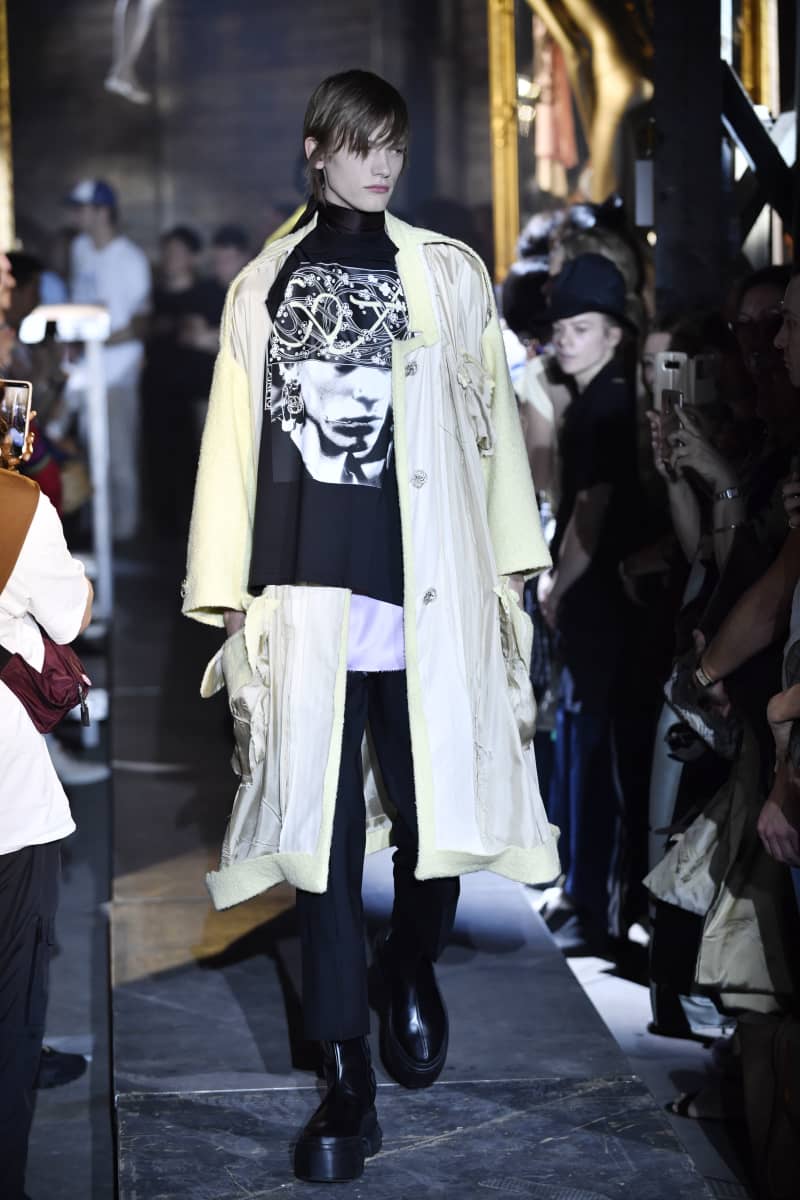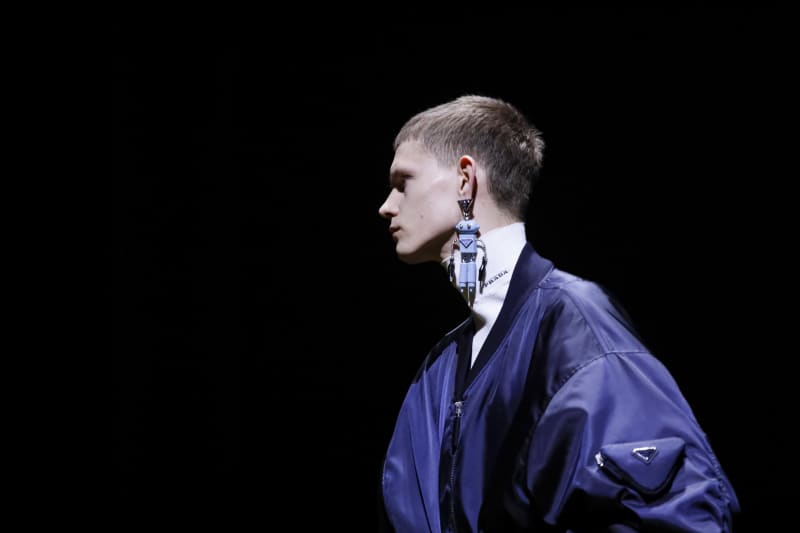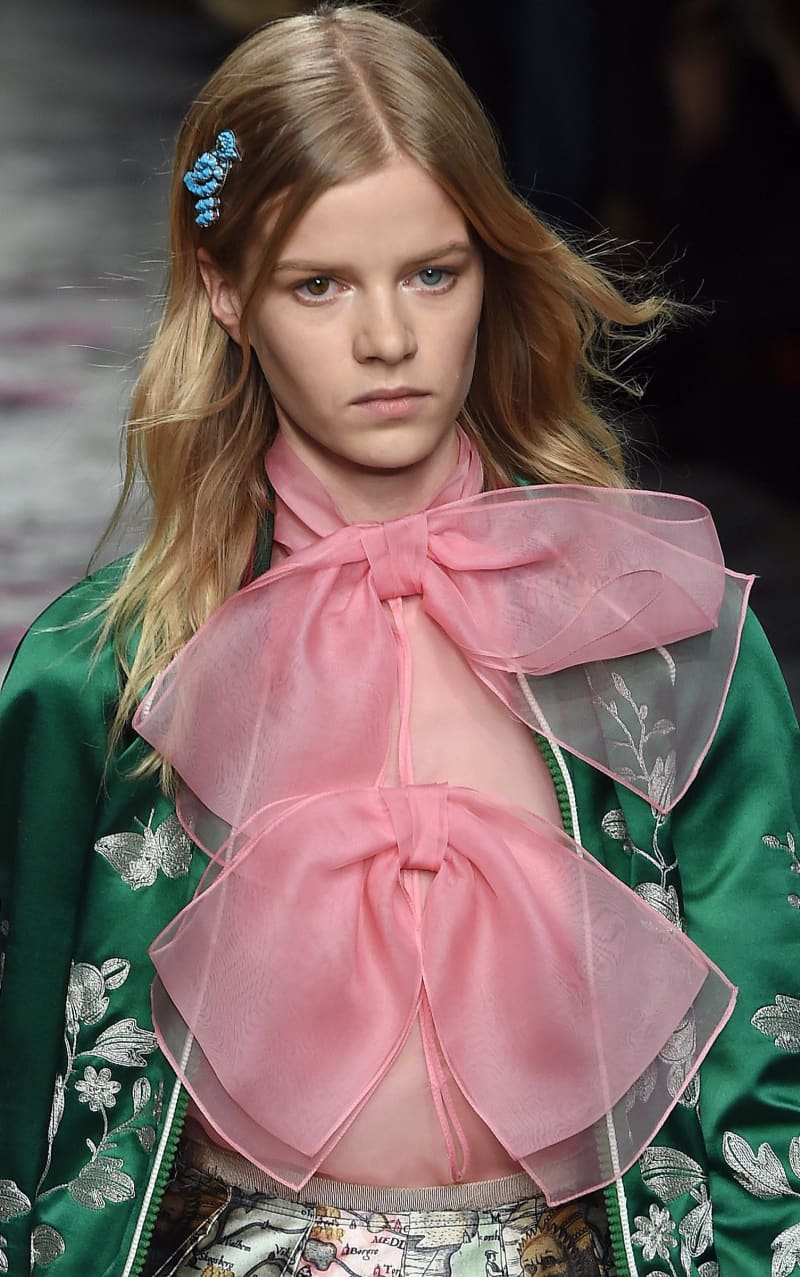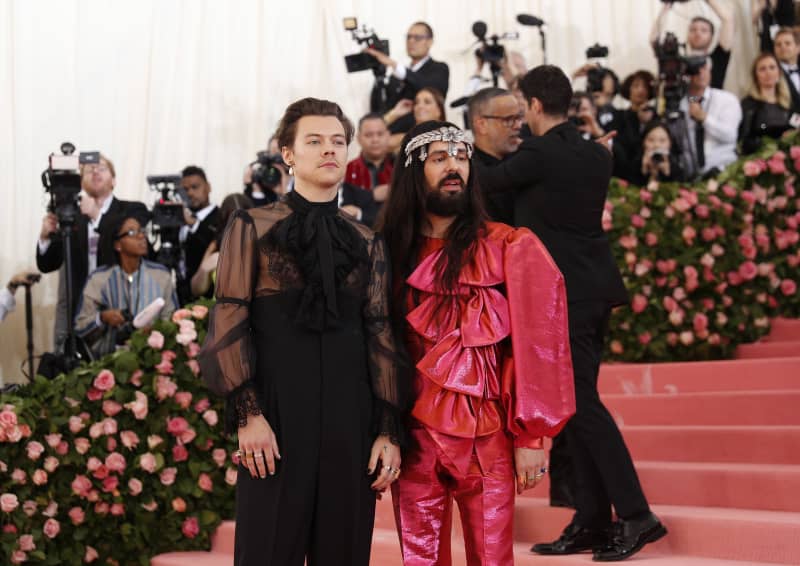Two designers who have indelibly shaped fashion made big decisions last week. Raf Simons ends his label and Alessandro Michele leaves Gucci.
Raf Simons leaves the street scene as a resuisa
The Belgian Simons founded his namesake brand in 1995. The main inspiration for the Simons brand was youth culture, especially music. Simons was a big consumer of New Wave, punk and techno music, and was inspired by the pulsating club culture of Central Europe as well as the anarchy of the punk scene of his youth.

Simons transferred the observations he made on the streets and domes to his clothes. In the latter half of the 1990s, Simons went against the mainstream with tight, form-fitting suits and tight-waisted knitwear. In the 2000s, Simons’ label was essentially creating the entire concept of street fashion, filling hoodies and jackets with often music-themed graphics.
Simons’ 2000s aesthetic of flared trousers, pilot jackets, hoodies and semi-casual knits left a lasting mark on the European street scene. Towards the end of the 2010s, the designer finally became the target of great attention, when the Rap collective Asap Mob’s song Raf and its catchy chorus \”Please don’t touch my Raf\” cemented the designer into the canon of pop culture.

The journey of the clothing brand came to an end completely unexpectedly, when Simons published a short announcement on Instagram, in which he thanked his audience and collaborators.
Goodbye, Alessandro
On Wednesday, the Italian Alessandro Michele, beloved by the fashion world, announced that he is leaving his role as Gucci’s creative director.
Michele, who celebrates her fiftieth birthday this year, took the reins at Gucci in 2015. While Raf Simons represented counterculture, clubbing and torn sweaters, Michele’s Gucci has been a completely different country. Renaissance art, floral motifs and romanticism served as inspirations when Michele rolled up her sleeves in a fashion house that stuck to its patterns.
Michele’s maximalist style was liked by consumers. When in 2015 the value of Kering, the luxury corporation that owns Gucci, was 155 dollars, it is now more than 500 dollars.
Coming to the present day, however, Michele’s style has perhaps lost its uniqueness and distinctiveness. In addition, in the downturn of the global economy, golden decorative flowers are not necessarily the best selling point among consumers. In the Vogue Business article, it is assumed that Michele’s departure is related to the renewal of the brand, this time in a more restrained direction.
There is no information about the successor yet, but according to the parent company Kering, a new director will be searched for and named as soon as possible.


